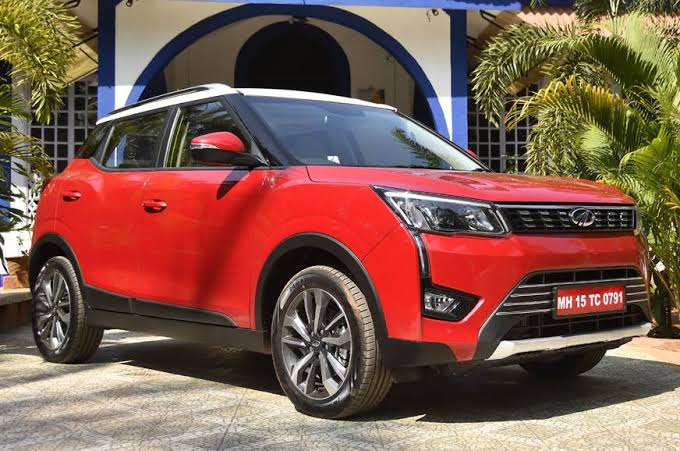Cars come in different sizes, shapes, models and make. Some like them big and bulky while some like them small and sleek. But what exactly is the sub-4 metre segment or the compact car segment? And why do companies tend to be more inclined towards this segment? Why is the segment growing in terms of popularity in India? Let’s find out.
When did it all start?
At the beginning of this decade, the government decided to amend some tax benefits on the small vehicles in order to reduce the congestion on the roads. This is when the sub-4 metre term came in. There was a need for amendment as the population of cars in India was growing with the passing time. So the Government reduced the excise duty for the cars under 4 metre in length and are powered by petrol engines less than 1200cc and diesel engines less than 1500cc. The excise duty was kept in such a lucrative slab that the carmakers could not ignore it.
So the excise duty on such cars meeting the above regulations was a straight 8%. Just to give you a gist of the case, cars with the same specifications but longer than 4 metres attracted a duty of 20%. See, what a difference that can make. To add to this, cars with bigger engines and SUVs attracted excise duty of 24%.
Now the reason for companies choosing the segment is clear. This clearly means that the cost can be brought down which will attract more customers towards the compact or the sub-4-metre cars.
So how were the compact cars made?
Such a silly question it is! Well, obviously in the same factories where other cars were produced. But the question has a different thing to highlight. Were the carmakers making new cars in the segment? What was done? Well, some companies simply thought of two things, adding or cutting. Let’s take some examples.

- Maruti Suzuki axed a few millimetres of the boot of the Swift Dzire to bring it under the sub-4-metre or the compact car segment. This helped in reducing prices and boost the sales of the already well-selling sedan.
- Honda Brio, a hatchback which was already under sub-4-metre segment was given a boot and the car was named Honda Amaze. Did you know this before? Well to add to your perspective, Honda City and Amaze, both are powered by the same 1.5-litre engine but City is costlier than the Amaze. Why? It’s all about the size. Amaze is a compact sedan while City is not. This difference in length adds around ₹2.5lakhs in the cost of City.
- Tata was the first carmaker to introduce a compact car in the sedan segment. It was the Tata Indigo CS, the axed down version of the Indigo.
- Similarly, in the race of compact cars in the sedan segment, Hyundai added a boot to the Grand i10 and launched the sedan under the name of Xcent.
But are all the companies just going to axe or add a boot to their cars in order to meet the segment requirements? Is there no space or idea for making something new?
This is where the compact SUVs come in!

While the other companies were busy axing or adding a boot, Ford made a statement by introducing India’s first compact SUV, the Ford Ecosport. This segment became popular very soon. The USP of compact SUVs is that these can give you the right feels of an SUV while keeping the size under 4 metres.

Another entrant to the segment was the Mahindra TUV300. In 2019, Mahindra also launched XUV300. It the safest car in India ever. XUV 300 scored a 5-star rating for adult occupancy and 4 stars for child occupancy in the Global NCAP crash test rating.
Since then, the compact SUV segment has been booming year by year. Many companies now have offerings in the compact SUV segment. Here is the list of some compact SUVs available in the market.
- Hyundai Venue
- Maruti Suzuki Vitara Brezza
- Tata Nexon
- Mahindra XUV300
- Mahindra TUV300
- Ford Ecosport
- Honda WR-V
Upcoming compact SUVs are:

So this is all about the compact or the sub-4-metre segment in India and why is it constantly rising to popularity. Do you have any queries? Let us know in the comments section below.






[…] What are Compact Cars (Sub-4-Meter Cars) and why size matters? […]